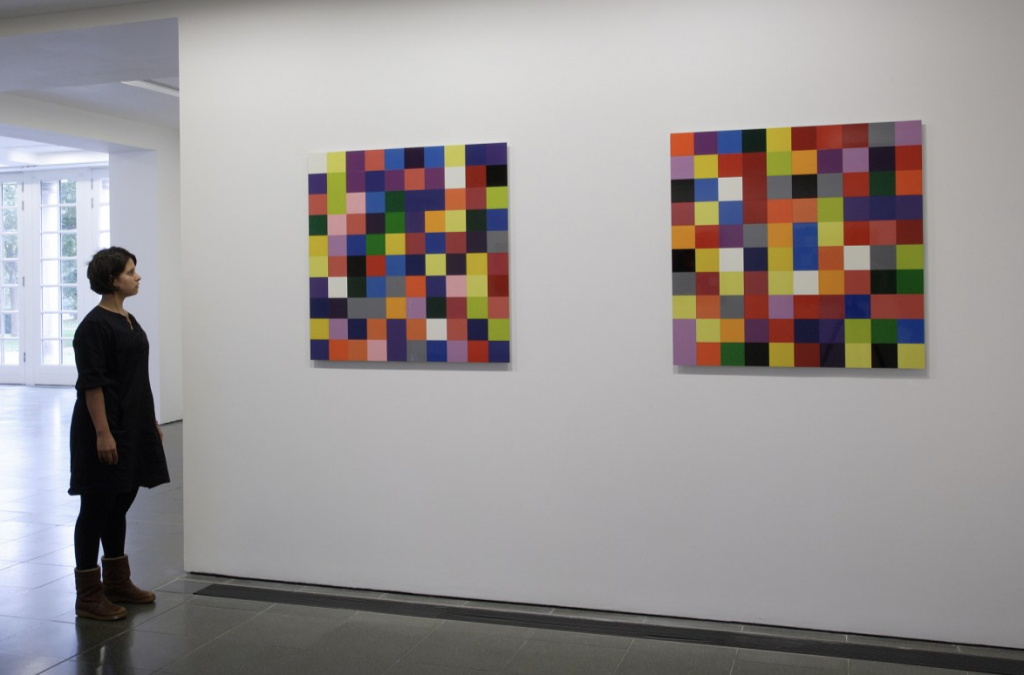Siwei Xie’s Looking Outwards 06 assignment is about Richter, a German visual artist, who created “4900 Colours: Version II” (2008). The colors used in this series are generated randomly from a palette of 25 colors by a computer program. Xie said: “Creator’s artistic sensibility manifests by how ‘non-random’ the panels look, with some dominated by particular colors which are often placed next to each other. But the whole point of ‘pure’ randomness is that apparent patterns are expected to occur.”

To add on, this reminded me of an interesting thing I learned about how the ‘random’ shuffle function for music is not actually random. When they are actually purely random, people will feel like they can detect patterns in even the smallest coincidences — such as when certain songs or artists come after one another.
To deal with this ‘nonrandom’-feeling randomness, Spotify changed its algorithms to feel more random to humans. Instead of using the Fisher-Yates shuffle, which people complained wasn’t genuinely random, Spotify updated its algorithm to distribute artists and genres more evenly. For example, “if there are four songs by the White Stripes in a playlist … the algorithm will aim to play them at roughly 25% intervals.” I think it’s very interesting how much the human tendency to detect patterns can affect the way we interpret randomness.
![[OLD FALL 2019] 15-104 • Introduction to Computing for Creative Practice](wp-content/uploads/2020/08/stop-banner.png)